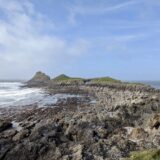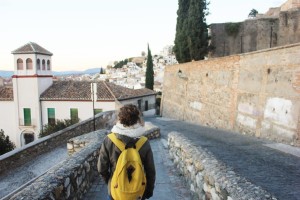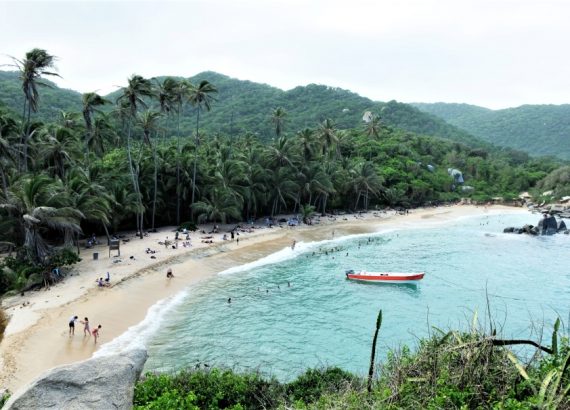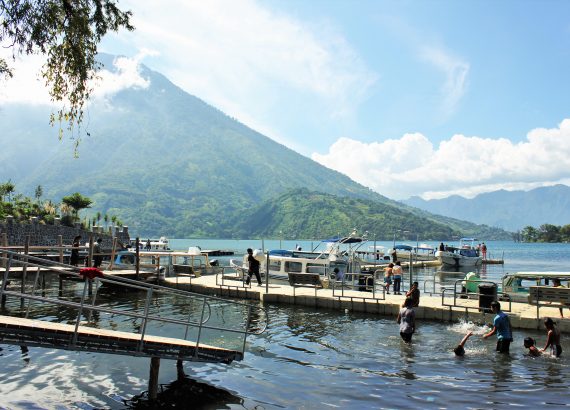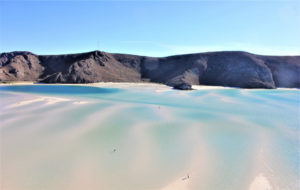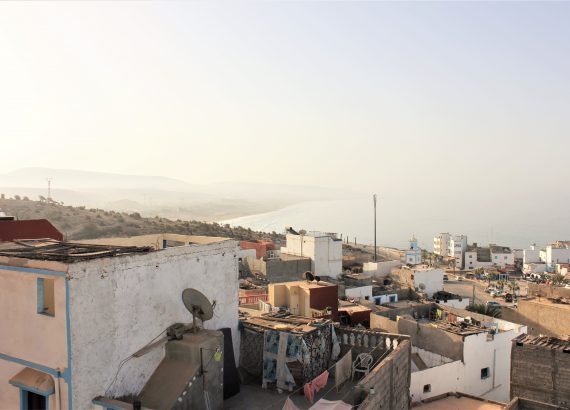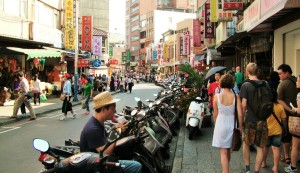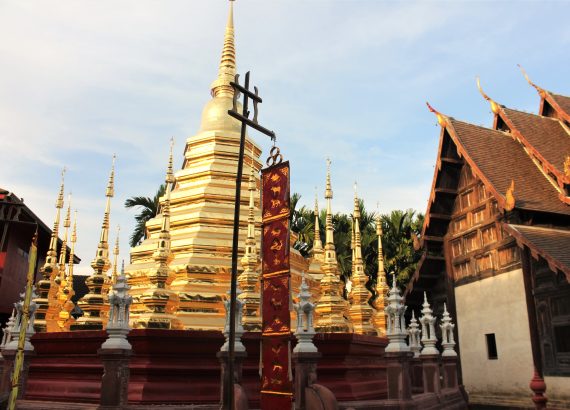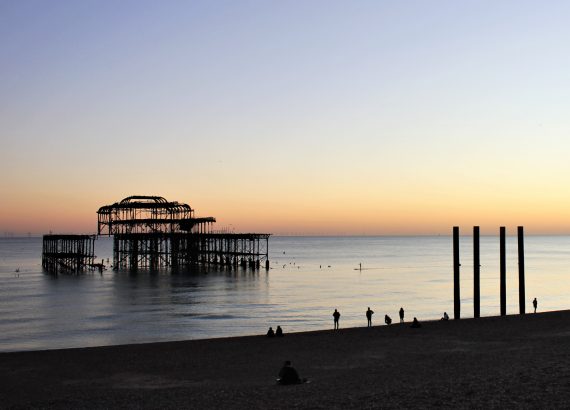Best Places to Visit in Mallorca
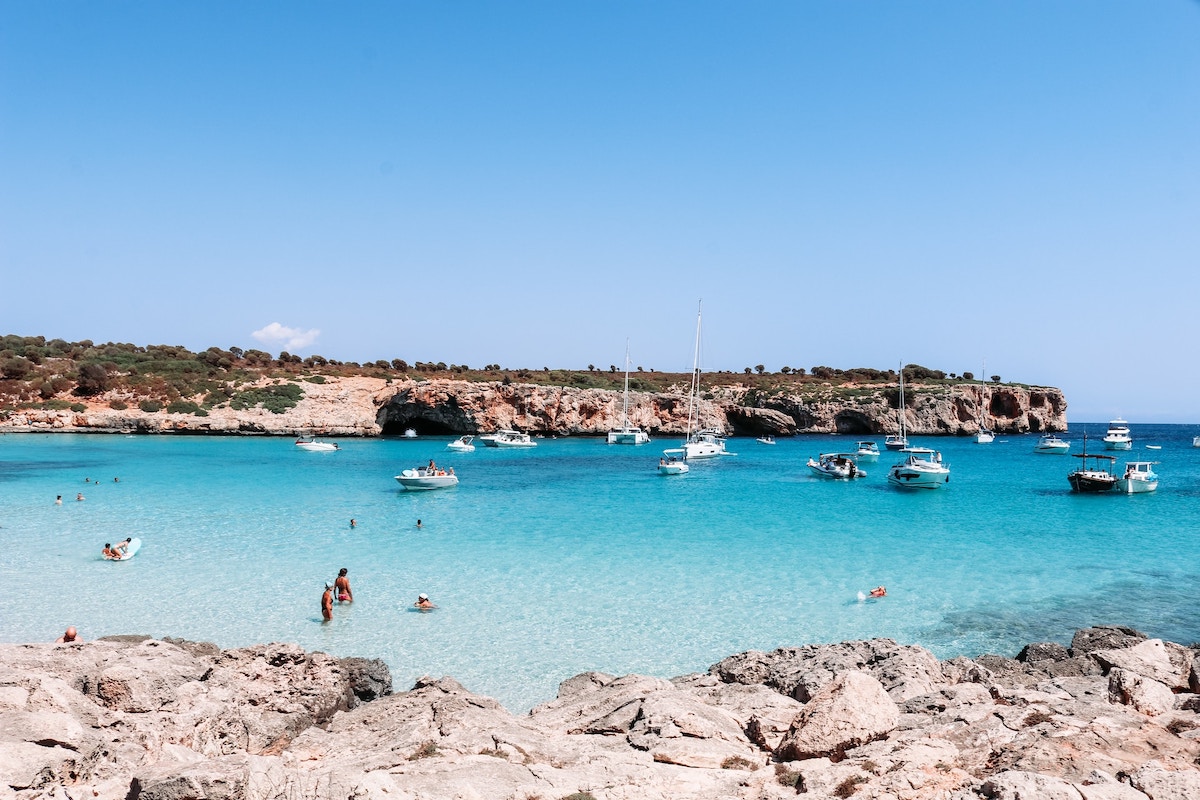
Mallorca is a beautiful Spanish island frequented by tourists throughout the year. Here you will encounter rugged cliffs, a stunning coastline, pristine beaches and plenty to see and do. This makes it an ideal destination for a range of travellers.
Whether you’re looking to spend your days relaxing by the sea or uncovering the many attractions around Mallorca, there is something for all here. What’s more, the numerous towns and villages allow for a great insight into the culture throughout this lovely part of Spain.
To learn more about the best places to visit in Mallorca, we’ve included a list of 5 prevalent spots worth checking out. Keep reading to learn more about this outstanding island, alongside some top tips during your break.
Palma
Palma is the island’s capital and a thriving holiday destination. The city has a relaxed atmosphere, with still lots of things to see and do. There are also different cultural influences throughout the metropolis, providing a unique place to explore when staying in Mallorca.
Palma’s Old Town is compact and easy to navigate, making it a delightful spot for a relaxing stroll. Outdoor cafés, quirky shops, art galleries, and high-end boutiques line the district’s narrow cobblestone streets.
In the heart of the Old Town’s Mayor Plaza, the city’s cultural and social hub is filled with restaurants, bars, street artists, and craft markets. South of the Old Town is Palma’s most iconic landmark, the majestic Cathedral of Santa Maria de Palma.
For those seeking the great nightlife in Mallorca, Santa Catalina is the place to be. This neighbourhood is west of the city centre and is popular for its vibrant aura. If you’d prefer to spend your time on the lovely sandy shores, the city won’t disappoint. Overlooking the Mediterranean Sea, Palma is known for being an excellent choice for anyone pursuing a beach city break. Playa Can Pere Antoni is the closest sandy beach to the Old Town and is a popular spot for swimming and sunbathing, great for families, friends and couples.
Another draw to the city is the other attractions in Palma. Here you can find renowned spots such as the Bellver Castle, Passeig del Born, Santa Catalina Market, and the contemporary art museum, Baluard Museu. All of these sightseeing spots provide an excellent insight into the culture and architecture of this beautiful hub.
Alcudia
Known for its idyllic beaches and centuries-old houses, Alcudia is a stunning contrast to the more touristy areas in Mallorca. For the most part, the town is quaint and quiet, making it the perfect escape from the bustle of the city. But Alcudia does have its share of fairs, fiestas, and festivals year-round.
Alcudia has a rich and deep mediaeval heritage, explicitly displayed throughout the area, particularly in the fortified old town. Inside the walls, you’ll see the neo-Gothic Church of St. Jaume and houses of the nobility, some of which date back to the 13th century. An open-air market, selling anything from artisan jewellery and toys to fresh produce and clothes, pops up at the town square every Tuesday and Sunday.
In addition to its lovely beaches, Alcudia is a nature lover’s dream. S’Albufera is a sprawling wetland famous among birdwatchers, hikers, and cyclists. The Sa Bassa Blanca Museum, home to an extensive art collection, a sculpture park, and a rose garden, sits within a protected nature reserve.
Picking accommodations that match your needs is crucial to having a fantastic holiday. If you’re looking for a luxurious place to stay, there are some beautiful villa rentals in Mallorca, with Alcudia being a favoured destination.
Port de Soller
A picture-perfect seaside village, Port de Soller is the dazzling port of the town of Soller. Its main attractions are the pristine beaches, sheltered by the towering Tramuntana mountain range. But there are other awesome things to do in and around the bay, including sailing, cycling, and hiking.
Port de Soller is perhaps best known for its historic, San Francisco-style tram, which travels from the harbour to the mountain town of Soller. The route passes through a fertile valley of farms and lemon, orange, and olive groves.
At Far de Cap Gros, a hilltop viewing point roughly 2-hours hike from the harbour, you can soak up striking panoramas of the village or watch magical sunsets. If you do not like steep climbs, you can take the gentler trail to Torre Picada instead, a 17th-century watchtower with lovely views of the Mallorca coast.
Port de Soller is also an excellent base for visiting other famous spots such as Torrent de Pareis, Sa Calobra, and the artists’ village of Deià.
Pollensa
Brimming with old-world charm, Pollensa is a place for beach lounging, long leisurely walks, and laid-back coffee afternoons. Plaza Mayor, the town’s beating heart, is essentially where all the action happens, but that’s not to say Pollensa is boring. It’s just quieter, more serene, and unpretentiously more genuine.
One of the highlights of Pollensa is the famous 365 Calvari Steps which lead from Plaza Mayor to a hill with a small church and incredible views of the town below. Another popular attraction is the Roman Bridge, believed to have been part of an ancient Roman aqueduct. Then there are the well-curated Museum of Pollensa, housed in a former 16th-century Dominican convent, and Jardins Joan March, a small botanical garden that showcases Mallorca’s native plants and trees.
Many tourists visit the island for its beautiful landscape.
You can also enjoy a cycling holiday in Mallorca, a great way to get out and explore. Surrounded by scenic countryside, Pollensa has plenty of hiking and biking routes that attract hundreds of outdoor enthusiasts.
Manacor
Next to Palma, Manacor is the second-largest town in Mallorca. It is known as the birthplace of tennis legend Rafael Nadal. It is also famous for its pearl factory, which produces over 50 million artificial pearls yearly.
Manacor may not be the place to visit for architectural sites, but it does have intriguing landmarks. The Església Nostra Senyora dels Dolors, a colossal Gothic and neo-Gothic church with an elaborate minaret-style tower, dominates the town’s skyline. Torre del Palau, the remains of a royal residence built by Jaume II in the early 14th century, and Torre de ses Puntes, a mediaeval fort once part of the town’s defences, are also iconic sights.
The Manacor History Museum, housed in a 13th-century Gothic mansion, is a must-see. To experience the local culture, wander around Sa Bassa, Manacor’s busiest square. Visit on a Saturday morning to shop at the weekly open-air craft market.


